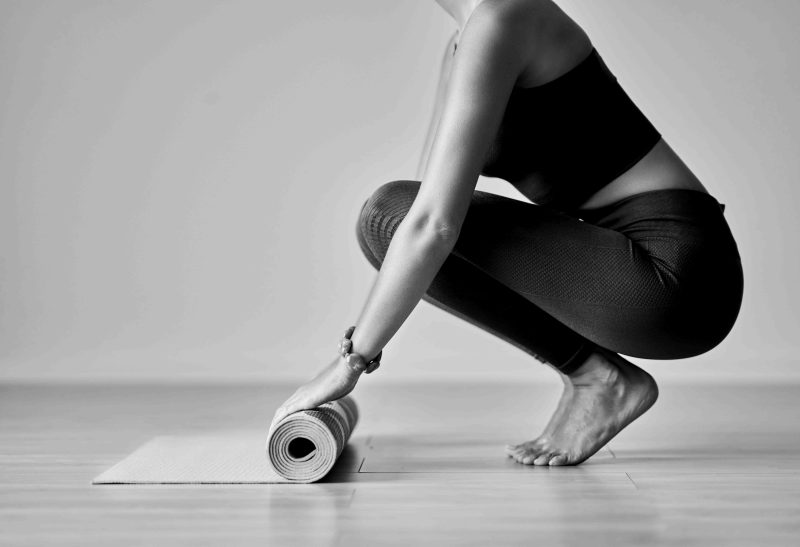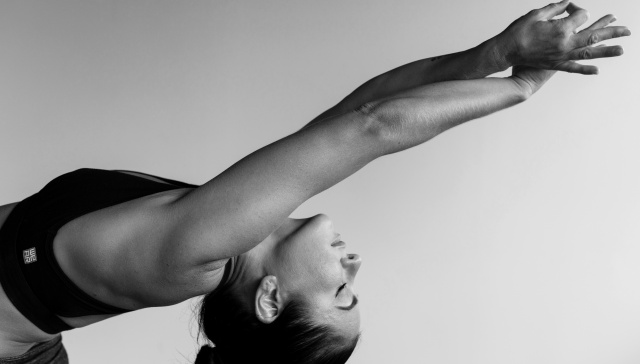Sivananda Yoga

What is Sivananda Yoga?
Sivananda Yoga was developed by Swami Sivananda and brought to the west by Swami Vishnudevananda in the late 1950s. It comprises the use of asanas (yoga postures), pranayama (breathing exercises), relaxation, diet, positive thinking, and meditation.
Sivananda Yoga also places a strong emphasis on relaxation and positive thinking, as it believes in the interconnection between mind, body, and spirit. By focusing on positive thoughts and affirmations, practitioners are encouraged to cultivate a more peaceful and contented state of mind.
In addition to the physical benefits, Sivananda Yoga also incorporates meditation into its practice. This allows individuals to deepen their self-awareness and inner peace, leading to a more balanced and harmonious life.
Apart from the physical and mental benefits, Sivananda Yoga also promotes a healthy diet. A vegetarian diet is recommended, as it is believed to be in harmony with nature and promote overall wellbeing. The practice encourages individuals to eat mindfully and choose foods that nourish the body and mind.
Additionally, Sivananda Yoga also emphasises the importance of community and connection with others. Practitioners are encouraged to support and uplift each other through their practice, fostering a sense of unity and compassion.
What to expect in a Sivananda class
The practice of Sivananda Yoga follows a specific sequence of 12 basic asanas, which aim to balance the body's systems and purify the mind. These postures work on all aspects of the physical body, including flexibility, strength, and circulation. The integration of pranayama techniques helps to calm the mind and improve overall wellbeing.
Who is it Sivananda Yoga for?
Sivananda Yoga is suitable for people of all ages and fitness levels, making it accessible to everyone. It is not just about achieving physical goals but rather focuses on finding inner balance and contentment. The practice can be tailored according to individual needs, making it a flexible approach that can be incorporated into daily life.
The main Sivananda poses
As part of the physical aspect of Sivananda Yoga, there are 12 basic poses or asanas that are typically practiced. These poses focus on stretching and strengthening various parts of the body, while also promoting balance and flexibility. They include:
Headstand (Sirsasana)
Shoulderstand (Sarvangasana)
Plow pose (Halasana)
Fish pose (Matsyasana)
Seated forward bend (Paschimottanasana)
Cobra pose (Bhujangasana)
Locust pose (Shalabhasana)
Bow pose (Dhanurasana)
Half spinal twist (Ardha Matsyendrasana)
Crow pose (Kakasana)
Standing forward bend (Padahastasana)
Triangle pose (Trikonasana)
These poses, when practiced together in a sequence, can help to improve overall physical strength and flexibility, as well as promote balance and relaxation of the mind.
In addition to these 12 poses, Sivananda Yoga also includes variations and modifications for different levels of practitioners. This allows individuals to adapt the practice to their own needs and abilities.
 Live Yoga Teachers
Live Yoga Teachers
